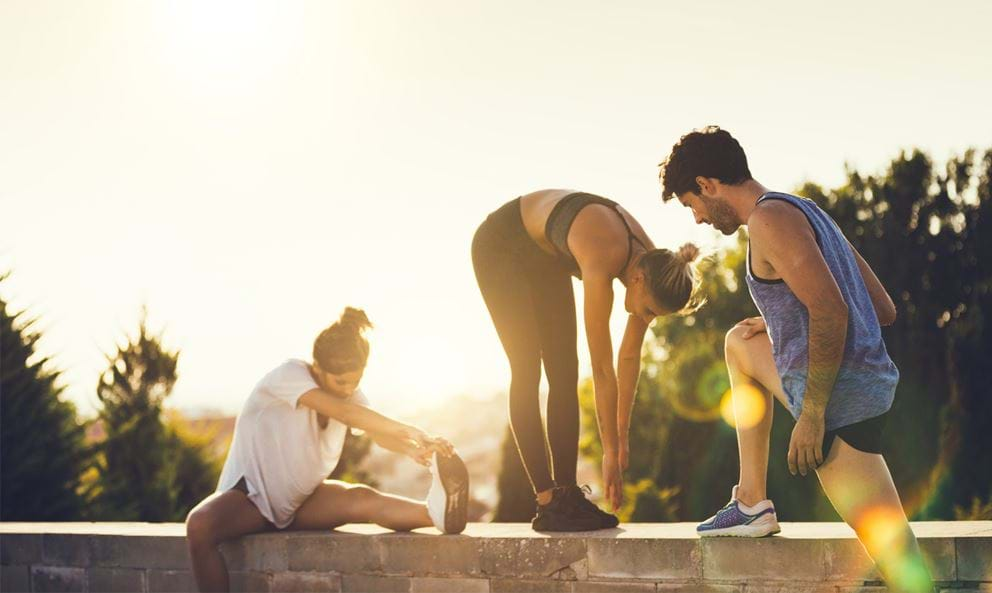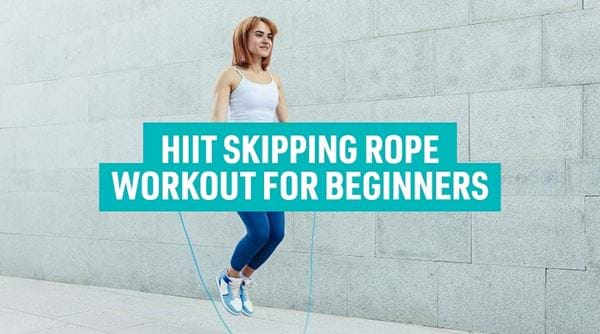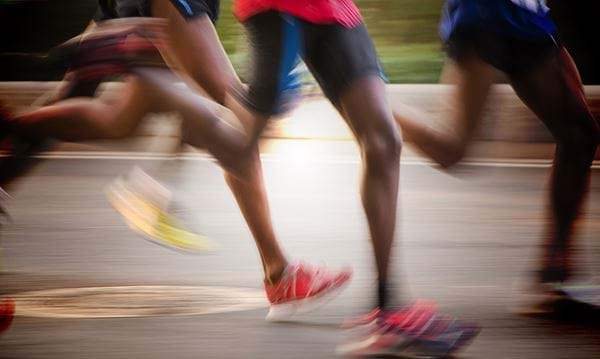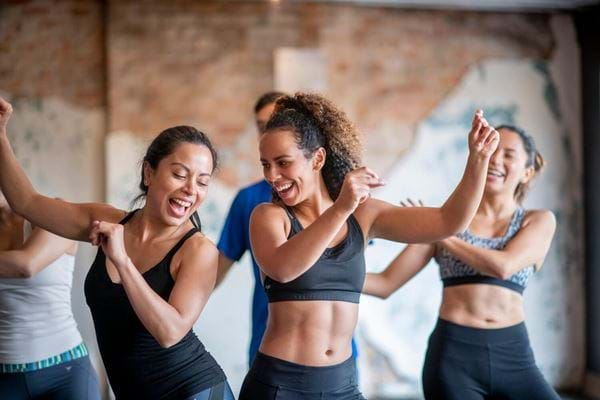How Can I Improve my Flexibility?

If you’ve ever seen an Olympic gymnast or professional ballerina in action, you’ve probably wondered what sort of magic snake DNA they have that makes them so flexible.
Flexibility, by and large, is a pretty good thing. While gymnastic level bending might not be ideal, having supple joints and muscles is one of the best ways of ensuring good posture, and remaining pain-free over the course of day-to-day life.
Improve your flexibility with these 3 key stretches
That being said, with so many of us spending most of our days sitting down, hunched over computer screens, just being able to successfully reach down and touch our toes can seem like an ambitious goal.
So, what’s the real deal with flexibility anyway, and how can you successfully improve yours?
How does flexibility work?
First things first, flexibility does have a genetic component. According to the research1, some people are just more predisposed than others to be able to do the splits.
Physical flexibility is defined as the ability to move a joint effectively through a given range of motion. Increasing flexibility depends on various potential factors, seemingly including both stretching out and lengthening the muscles themselves, and also stretching the connective tissue known as fascia2. Conditioning the body to be comfortable with the sensations of the stretch also seems to play a large role3.
Flexibility has many benefits, especially for regular weightlifters. If certain muscle groups in your body are stronger than others, they can easily tighten, pull joints out of balance, and cause pain, poor performance, and increased risk of injury.
In any case, the theoretical stuff about why training increases flexibility is a side-issue. The fact is that various exercises and training routines are well-known to do a good job of developing flexibility in the body, for whatever reason.
In a 2012 study4, all forms of stretching exercises investigated were shown to improve flexibility, with the guideline being to do static stretches (holding a pose) after exercise, and dynamic stretching (short ‘reps’ of a stretching exercise) as a warm-up, in order to ensure good athletic performance.
Exercises for flexibility
All exercises focused specifically on building flexibility involve performing stretches of different types. The key is knowing the right movements to stretch out different muscle groups and joints properly.
Luckily, humans have been refining the art of stretching for a while. Here are some key stretches to keep in mind.
Standing hamstring stretch
Target areas:
Hamstrings, back, glutes, calves.
To perform:
Stand up straight with a slight bend in your knees, then fold your torso forward without letting your knees bend further.
Exhale as you bend at the waist, and keep your neck and shoulders relaxed.
You can either try to touch your toes, or you can wrap your hands around the back of your legs. Go as far down as you comfortably can and hold for up to 2 minutes.
Details:
This is the standard “touch your toes” stretch. It’s basic, but it packs a punch. With this movement, you stretch out all the muscles of your posterior chain, with a key focus on the pesky and almost-always-tight hamstrings.
Yoga reclining pigeon pose
Target areas:
Hamstrings, hips, lower back, glutes.
To perform:
Lie on your back and put your feet flat on the floor.
Cross your right foot over your left thigh, and lift your left leg slightly off the floor.
Grab onto the back of your left leg and pull it gently towards your chest until you feel the stretch. Hold for up to 2 minutes and then repeat with the opposite side.
Details:
This is a fantastic exercise for stretching out the hip flexors, as well as being one of the most potent hamstring stretches out there. Not only will this help with joint health, but it’ll also combat many of the causes of chronic lower back pain.
Doorframe chest & shoulder stretch
Target areas:
Pecs, shoulders.
To perform:
Stand directly in front of a doorway, and raise your arms at a 90-degree angle.
Rest your palms and forearms on either side of the doorframe, and gently lean your torso forward into the doorway, until you feel a good stretch in your chest and shoulders.
Details:
The pecs and supporting muscles of the shoulders, including the subscapularis (part of the rotator cuff), are some of the areas of the body where tightness and tension are most likely to develop. This is especially true for lifters who prioritise training the beach-body ‘show’ muscles such as the pecs and biceps.
This simple stretch loosens up the entire front of the torso, helping the body to return to proper posture.
1 https://www.ncbi.nlm.nih.gov/pmc/articles/PMC4241924/
2 https://www.ncbi.nlm.nih.gov/pmc/articles/PMC3242643/
3 https://www.ncbi.nlm.nih.gov/pubmed/20075147
4 https://www.ncbi.nlm.nih.gov/pmc/articles/PMC3273886/


